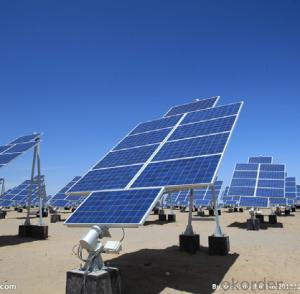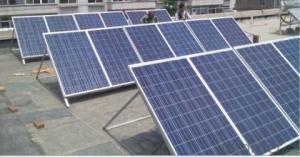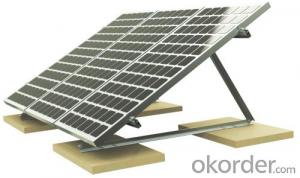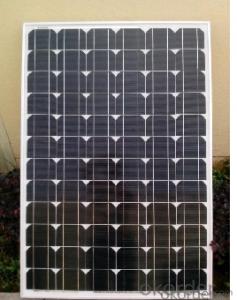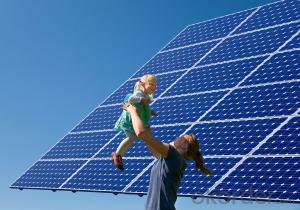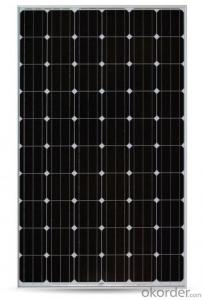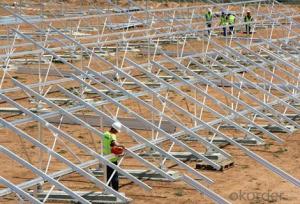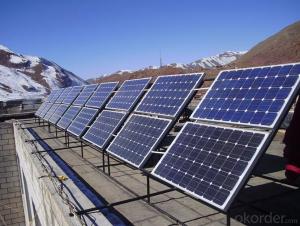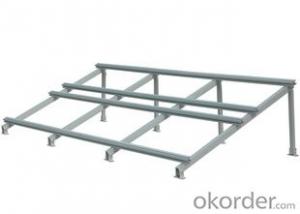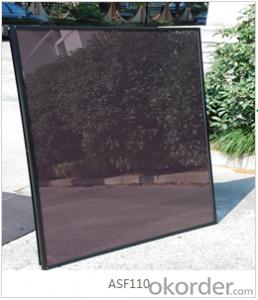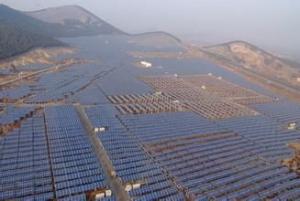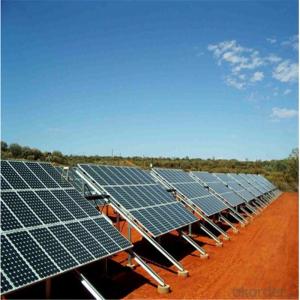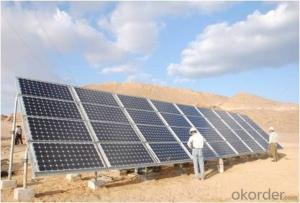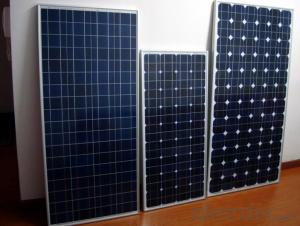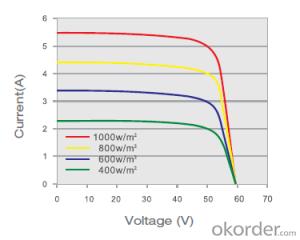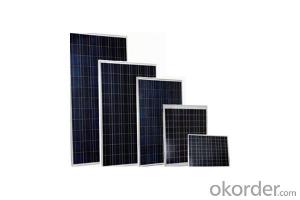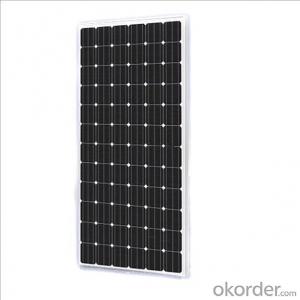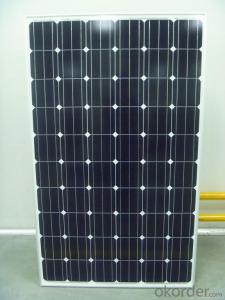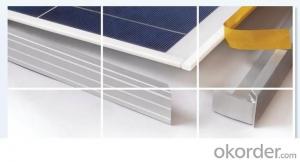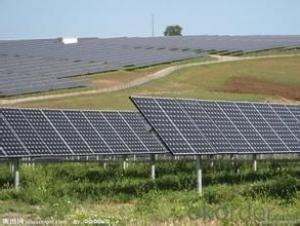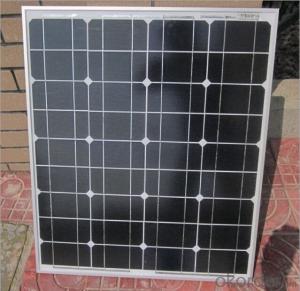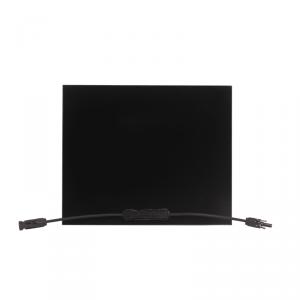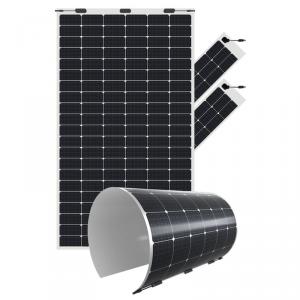Fs 275 Solar Module
Fs 275 Solar Module Related Searches
First Solar Module Fs 275 Solar Photovoltaic Module Solar Module Module Solar Phono Solar Module Cis Solar Module Viessmann Solar Module Solar Module System Solar Battery Module Solar Cell Module Solar Light Module Solar System Module Solar Air Module Solar Power Module Solar Panel Module Smart Module Solar First Solar Module Module Solar Panel Solar Hybrid Module Cigs Solar Module Solar Module Factory Solar Led Module Solar Energy Module Half Cell Solar Module Flexible Solar Cells First Solar Series 6 Module Solar Thermal Module Solar Ac Module 250w Solar Module Pid Solar ModuleFs 275 Solar Module Supplier & Manufacturer from China
The Fs 275 Solar Module is a high-performance photovoltaic product designed to harness solar energy and convert it into usable electrical power. These solar modules are engineered with advanced technology to ensure maximum efficiency and durability, making them ideal for a wide range of applications. They are commonly used in residential, commercial, and industrial settings where a reliable and eco-friendly source of energy is required.The Fs 275 Solar Module is particularly well-suited for installations that demand a balance between power generation and space constraints. Their compact design and high efficiency ratings make them a popular choice for rooftop installations, as well as for larger-scale solar farms and off-grid power systems. These modules are also frequently used in remote areas where access to traditional power sources is limited, providing a sustainable and cost-effective solution for energy needs.
Okorder.com is a reputable wholesale supplier of the Fs 275 Solar Module, offering a vast inventory to meet the demands of various projects and customers. With a commitment to quality and customer satisfaction, Okorder.com ensures that each Fs 275 Solar Module is thoroughly tested and certified to meet industry standards. This makes them a trusted source for those looking to invest in reliable and efficient solar energy solutions.
Hot Products
